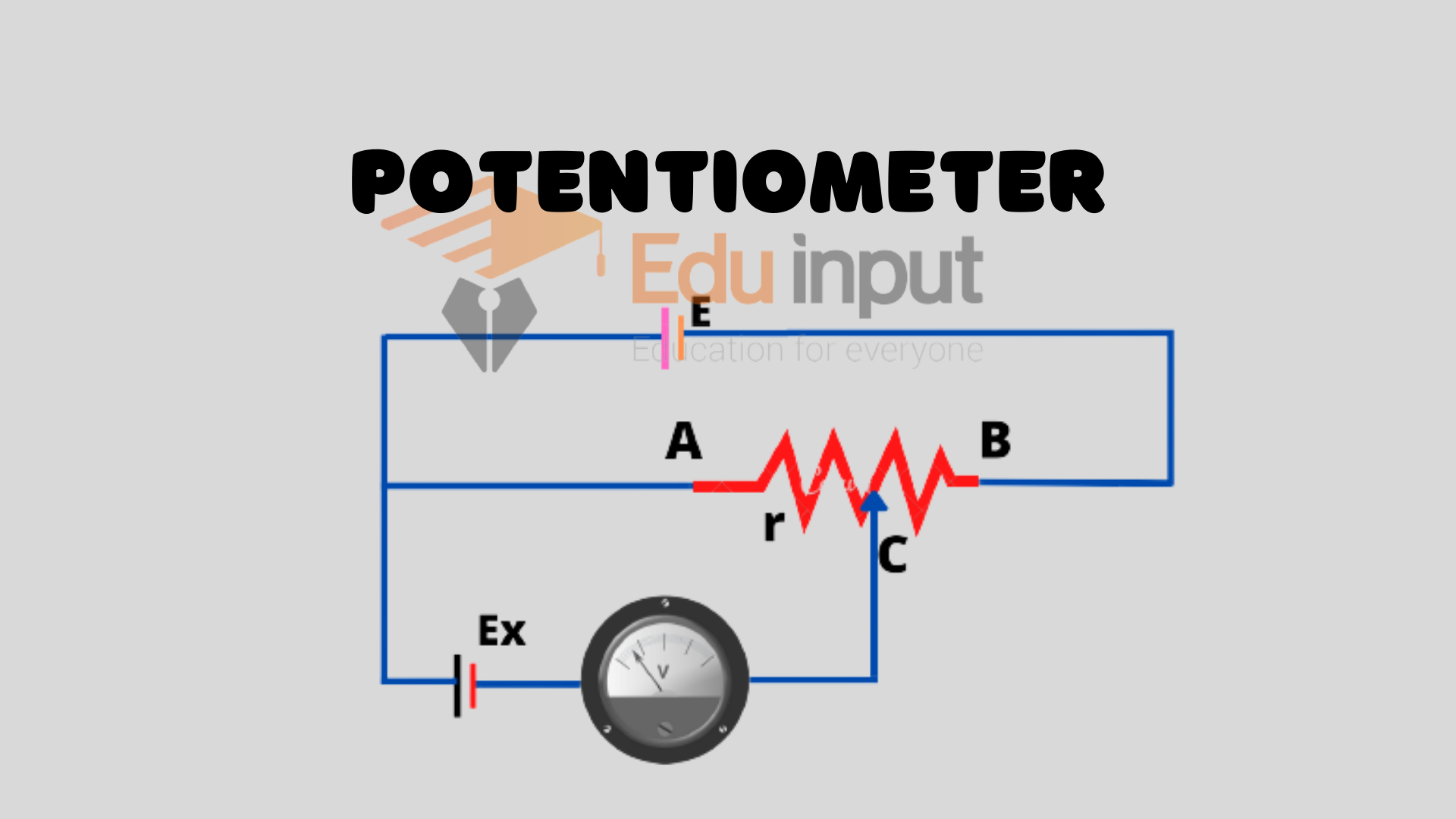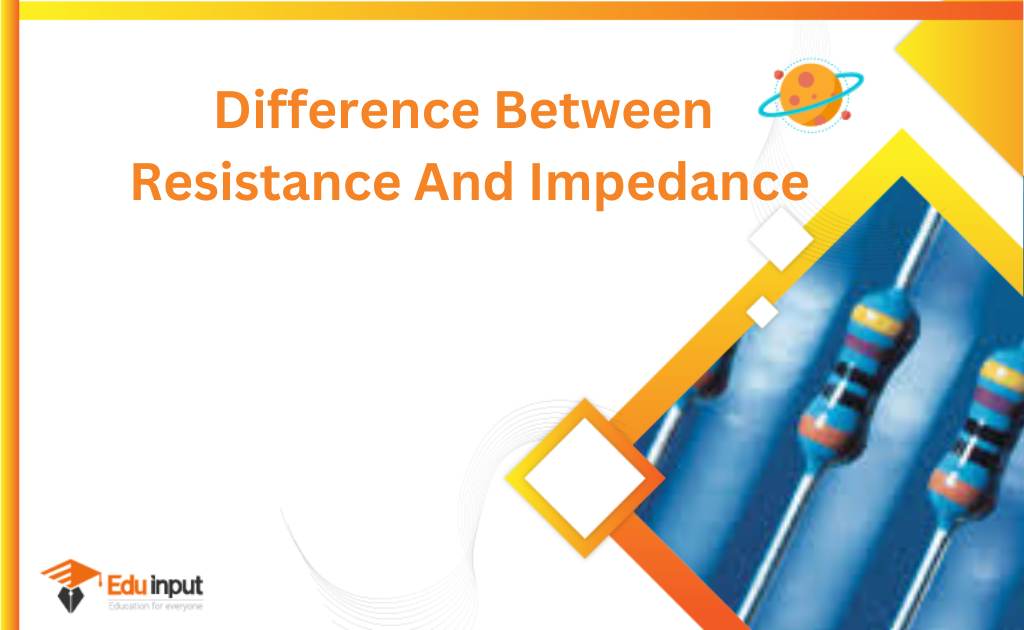What is Electric Power?-Definition, Devices, Generation, And Uses
The rate at which electrical energy is transferred by an electric circuit is known as the electric power rate.
What is an Electric Power?
Electric power is the rate of electrical energy transfer by an electric circuit per unit of time. The SI unit of power is a watt or one joule per second and is Denoted by P. Electric power can be supplied by electric batteries or generators.
Electric power formula
Electric power is similar to mechanical power in that it is the rate of doing work, measured in watts, and represented by the letter P. Wattage is the term used to mean “electric power in watts.” The electric power in watts is produced by an electric current and consists of a charge of Q coulombs every t seconds. If V is the electric potential.

The SI Unit of Electric Power is the watt.
Electric power Devices
There are two types of electric power devices
- Active Power Devices
- Passive Power Devices
Active Power Devices
If the charges are moved by an ‘exterior force‘ through the device in the direction from the lower electric potential to the higher, work will be done on the charges, and energy is converted to electric potential energy from the device.
AC generators, DC generators, and batteries are examples of active devices that occur in this case. Depending on the voltage and current through them, some devices can be either a load or source. When a battery is being charged, it acts as a source of power for a circuit, but as a load on the battery when it’s not being charged.
Passive Power Devices
The work on the device is done by the charges on the device when electric charges move through a potential difference between a higher and a lower voltage.
The potential energy of the charges is converted to the energy of the device by the voltage between the terminals. These devices ‘consume’ electric power from the circuit, converting it to other forms of energy such as mechanical work, heat, light, and so on. Light bulbs, electric motors, and electric heaters are some examples of electrical appliances. The current always flows from the higher potential side of the circuit to the lower potential side when alternating current circuits are used.
Electric Power Generation
The principles of electricity generation were discovered by the British scientist Michael Faraday in the early 1830s. According to faraday’s law, the Electric current is generated by the movement of a loop of wire or a disc of copper between the poles of magnets.
It is the first process in the delivery of electricity to consumers for electric utilities. Electricity transmission, distribution, and electrical energy storage and recovery using pumped-storage methods are normally carried out by the electric power industry.
The majority of electricity is generated at a power station by the use of heat engines and electromechanical generators. The energy of flowing water and wind is what drives generators. The use photovoltaic solar panels are one of the technologies that are used to generate electricity.
Electric Power Uses
Electric power, produced from central generating stations and distributed over an electrical transmission grid is widely used in industrial, commercial, and consumer applications. The per capita electric power consumption of a country is related to industrial development. Electric lighting is the most important form of artificial light.
Electricity is used in the production of steel in electric arcs and in the production of aluminum from its ores. Telecommunications and broadcasting rely on electric power for their operations. In hot climates, electric power is used to provide air conditioning, and in some places, electric power is an economically competitive source of energy for building space heating. Individual household wells, irrigation projects, and energy storage projects are some of the ways in which electric power is used to pump water.
.






Leave a Reply